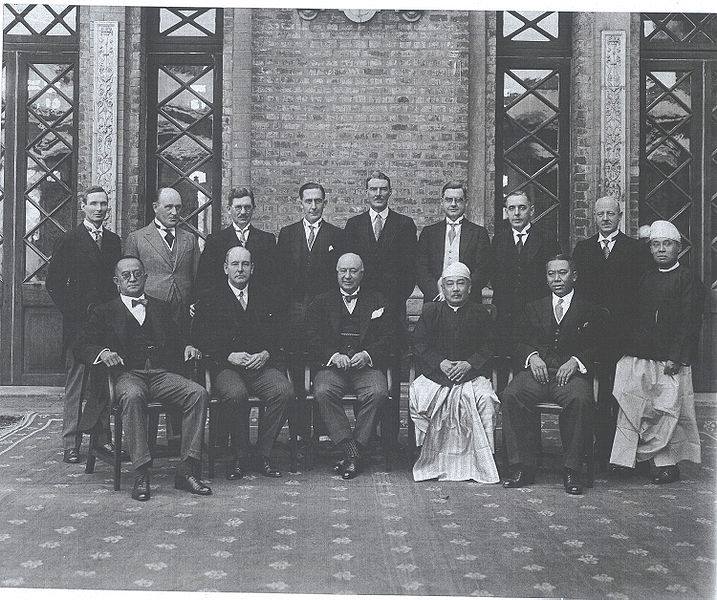
21 November 1922
Burma's First Ever General Elections
In November 1922, Burma held its first ever general elections. On 21 November 1922, elections to the new Legislative Council were held across "Ministerial Burma" (approximately the same as today's Regions plus Rakhine State). Out of 103 seats, 21 were directly appointed by the Governor and 24 were "reserved" for minorities (Karens, Indians, Europeans and Anglo-Indians/Burmans) and for business groups. The rest were elected in "general" constituencies. The main political organization of the time, the General Council of Burmese Associations (GCBA), headed by the extremely popular U Chit Hlaing (known as the thamada or "Uncrowned King of Burma"), boycotted the elections.
The election was held as part of the new "dyarchy" system. The Government of India Act of 1919 had established dual forms of government (dyarchy) in every Indian province (Burma was then a province of India) as well as an Imperial Legislative Council in New Delhi (the new capital). Under the new constitution, meant as a step towards "responsible government", power was divided between the Governor and the elected members of the Council. "Reserved" subjects (finance and revenue, police, and justice) were still controlled by the Governor's Executive Council: "Transferred" subjects (health, education, forests, agriculture) were under ministers appointed from and responsible to the Legislative Council. Dyarchy was extremely controversial in Burma. Many politicians rejected it from the start and never compromised, others chose to work within it.
Only people over 25 (including women) who paid higher taxes were allowed to vote, which meant most ordinary people were excluded; 1.8 million people (out of a population of 12 million in Burma) were allowed to vote and voter turnout was low, less than 7%.
No party won a majority in the 1922 elections. The nationalist 21 Party, a breakaway faction of the GCBA led by U Ba Pe, emerged as the largest party, beating the moderate Progressive Party. The Governor, Sir Harcourt Butler, formed a government comprised of political leaders from both parties and others, all Cambridge, Oxford, or London educated barristers: Sir Joseph August Maung Gyi, Sir M.A. Maung Gyi, and Sir Maung Kin.
The dyarchy constitution was replaced by the Burma Act of 1935, which separated Burma from India in 1937 and was meant to take the country a step closer to "Home Rule". The politics of constitutional change dominated Burma through the 1920s and 1930s. There was very little discussion on economic development or the future of the economy. The Shan and Karenni States, and the Chin, Kachin, and Karen Hills were all "excluded" from these constitutional developments. No elections were held in those areas. As such, these "excluded" or "scheduled" areas experienced a very different colonial history.
The photograph is of the Governor, Executive Council and Ministers in 1923.